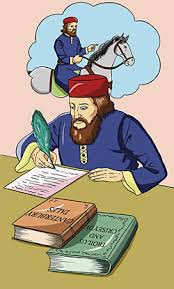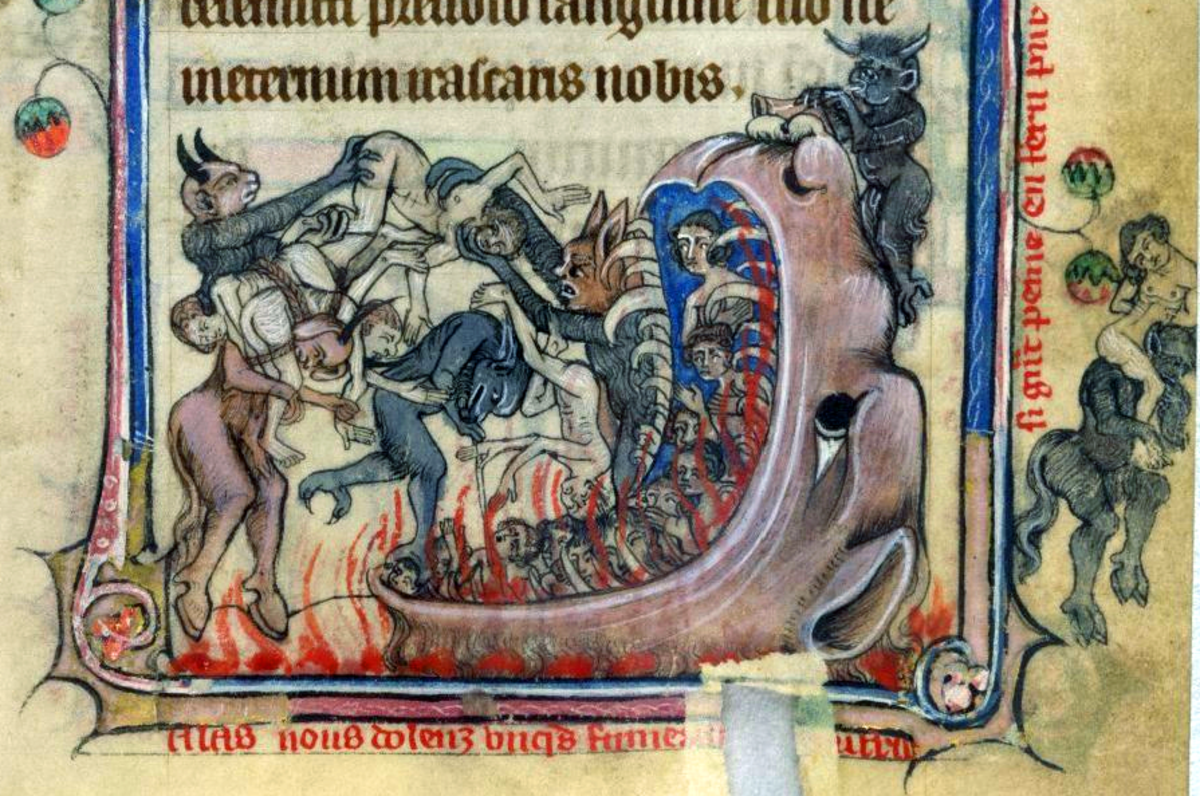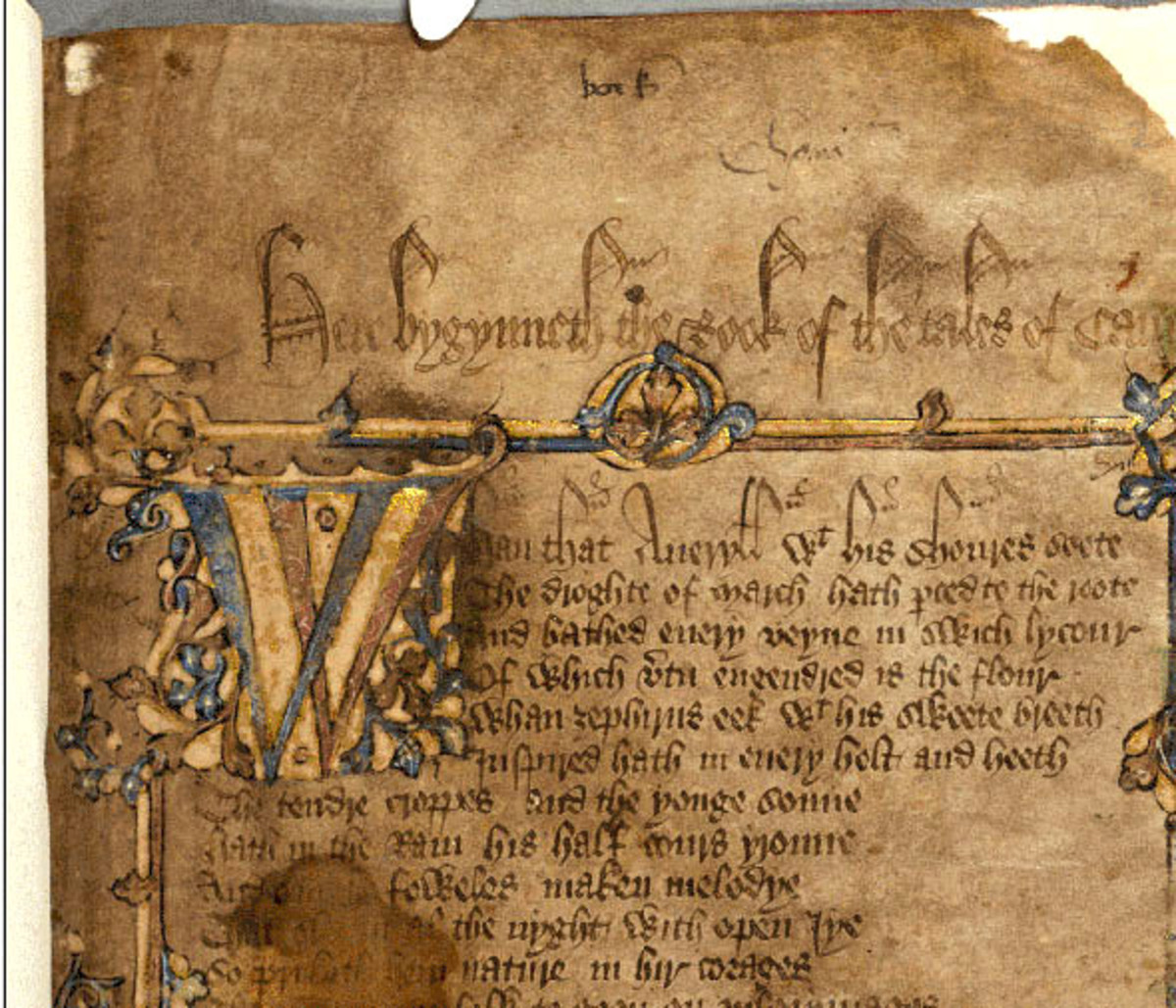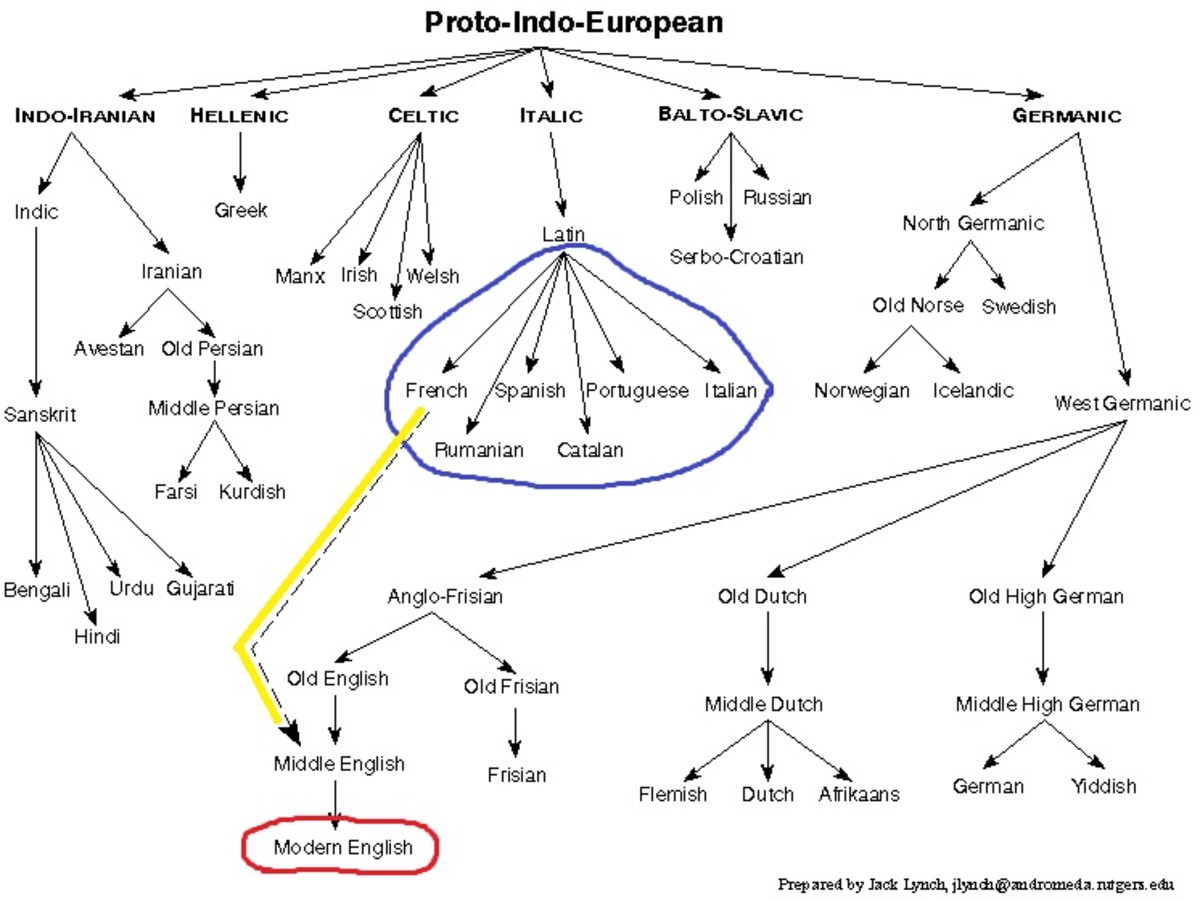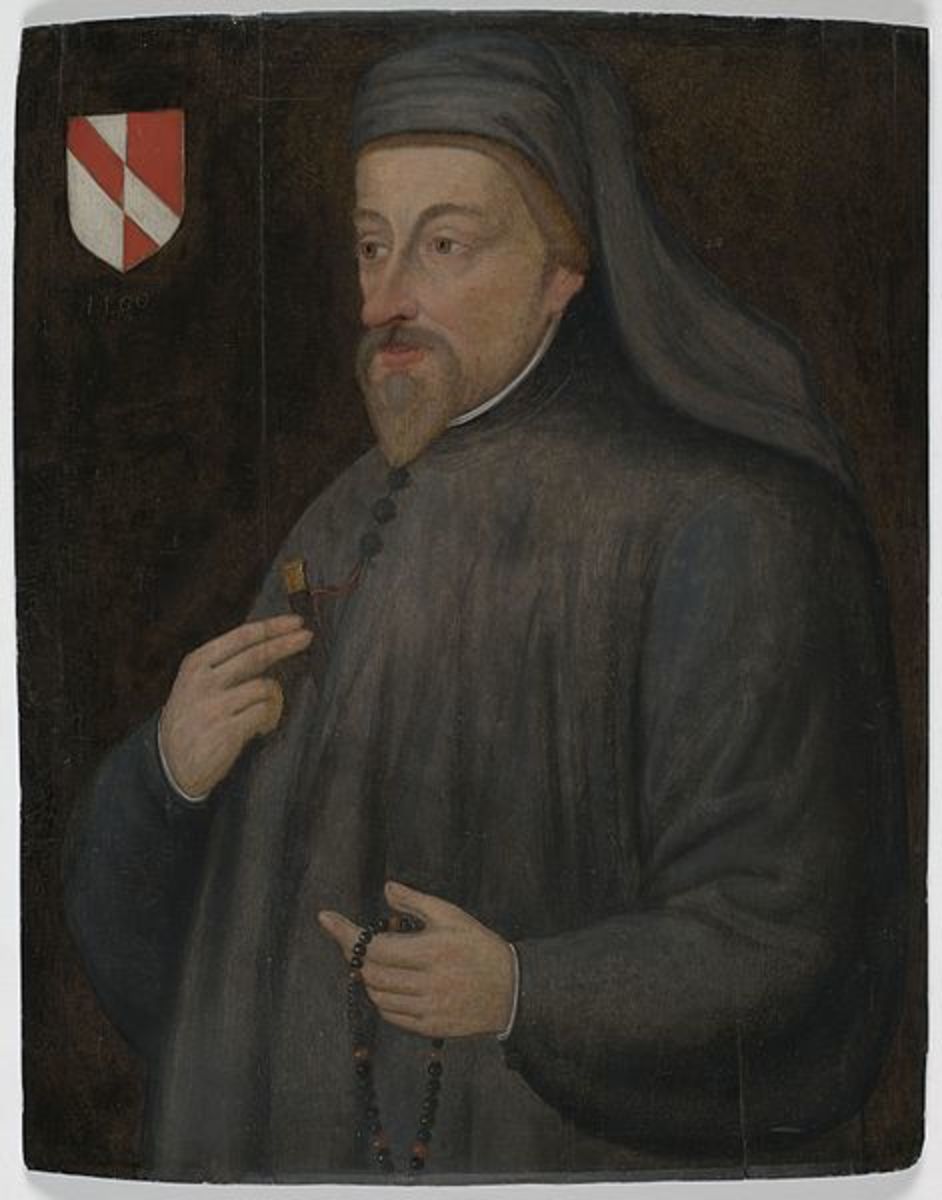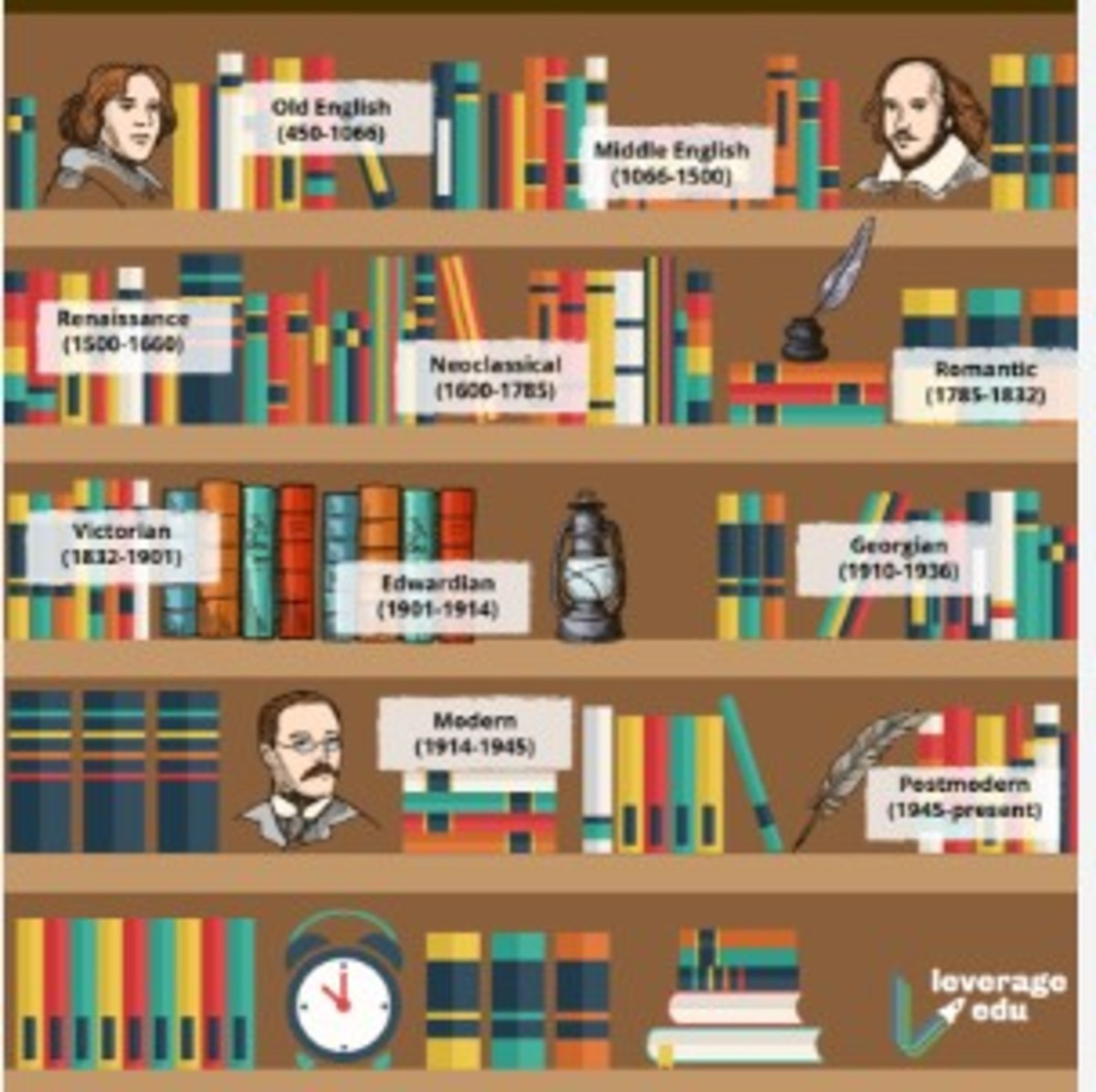The Parallel Complexity and Simplicity of Chaucer's Prologue to the Canterbury Tales
The Parallel Complexity and Simplicity of Chaucer’s Prologue to the Canterbury Tales
In order to place the Canterbury Tales into context, it is important to understand the life and times of Geoffrey Chaucer. Chaucer was born in England between 1340 and 1345; the location of his birth is unclear. His father served the King as a tax collector. This was considered to be a prominent position in society (Bloom 7). His family was considered to be middle class, and this status precluded him from obtaining a higher station in society throughout his lifetime; however, his station did afford him the opportunity to obtain an assistantship to the Duke of Clarence. It was in this position that he was exposed to upperclass humor, poetry, and dialogue. In being in the assistantship to the Duke of Clarence, he was expected to pursue an education in literature and art (Bloom 11). From the age of 14 years, Chaucer engaged poetic study through “apprenticeship”. According the Bloom, “He spent most of his time listening to poetry read in the royal courts and noble manors, studying not only the structures of the poems themselves but also the way that their authors presented the words to their audiences, the rise and fall of voices, the gestures and inflections” (13).
His poetic background allowed him to work in two capacities as an adult. Chaucer lived a comfortable life in his adult years; he worked as a custom’s collector for the King. While in this position, he grappled with balancing the corruption that often inundated the custom’s collectors and his own morals and values (Bloom 20). He lived a public life that was sometimes plagued with scandal; for instance, he was once accused of rape; subsequently nothing came of the accusation, but the scandal, nonetheless, served as publicity for Chaucer. Chaucer was a survivor who lived through the Black Death and many other tragic social plagues that followed; these experiences would serve him well as a poet (Williams 1). Chaucer wrote the Canterbury Tales between 1380 and 1392. This was a time when England was wrought in constant war with the French and religious revolt that started with the peasantry. Although Chaucer considered himself to be a man of the people and did not agree with governmental corruption, he was a firm believer in bowing to authority and felt that people should out wait corruption as opposed to rebelling against it, so his writing was not considered to be political in nature (Bloom 25). During Chaucer’s era, people were considered to be extremely “good” or evil. Educated people in the Middle Ages relied on living within their social ranks and following prescribed social formulas outwardly; however, these formulas were rarely followed in reality. In Chaucer’s case, the norms of the time did not apply. According to Muriel Bowden, “His genius was innate…and independent of time and place; the mature Chaucer writes of the universal, of the unchanging—of men and women and their inner reactions to human situations, of man’s eternal hope and eternal despair, of man’s anger, lust, and love” (4-5). Learning to write to his audience and living through the war with the French would prove valuable in his formation of the unfinished work, The Canterbury Tales which is an explication of the fusion of Norman French, Germanic, and Anglo-Saxon English. Some of the language in The Prologue to the Canterbury Tales is easier to understand than others; this is due to the combination of languages rooted in Germanic, French, Old English, and Latin origins.
When one thinks about such a varying combination of languages, one may get the impression that the mergence of these languages would be an all around difficult read; however, the language must be placed in context. Most of the language was a mixture of Norman French and Anglo-Saxon English; however, Norman French was a dialect that was rooted in Latin. When the Normans conquered the Anglo-Saxons, some of the Norman soldiers married the widowed Anglo-Saxon women, and the soldiers spoke French (rooted in Latin) while the women spoke Anglo-Saxon English; however, their offspring spoke a combination of the two languages (Masullo). Even with the Latin influence on the Norman French, it is important to note that the Normans were initially Germanic people who spoke French in a vernacular that preserved some Germanic sounds (Lerer 69). Therefore, some of Chaucer’s language is easy to understand because it spans a variety of words rooted in Latin, and some is more difficult to understand because it is a mergence of two languages.
Chaucer's Poetic Style in Comparison to...
Chaucer’s poetry was considered to be of a novel imprint, and critics often have difficulty with criticizing his work because they find it difficult to compare to contemporary works of his time. Of this difficulty, Donaldson wrote:
A poet who abandons the poetic idiom of his time and nation and devises one entirely new in its place creates for the would be critic of his language a difficult problem. Criticism of the language of poetry can exists only through comparison with contemporary or earlier writings, and when, as sometimes happens, the critic cannot find between these and the work of the innovator enough similarity even to reflect the differences, he has to resort, in lieu of criticism, to merely quoting the innovator admirably. With Chaucer the problem is even greater than with Milton, Shakespeare, Wordsworth, or Eliot. For while we may at least be sure that they were brought up in an English literary tradition from which they more or less consciously revolted, the disquieting suspicion always arises that Chaucer bred, if not born, in a culture predominantly continental, may not have been very much aware of the literary tradition from which he was presumably in revolt; and this means that anyone who, in search of comparison with Chaucer’s diction, goes to the most prolific of the vernacular literary traditions, the romance, or to the closely related lyric, must consider himself to be in danger of wasting his time (13).
Chaucer’s supposed unawareness of the “literary tradition” is the very reason critics often refer to him as the “Lord of the English Language”. With his innovative style and fusion of German, Latin, French, and Anglo-Saxon English, he enhanced and infused to English vernacular. According to Seth Lerer, Chaucer fused the English Language with various words that were rooted in French and Latin; her further states that Chaucer “juxtaposed” words from Old English against French and Latin to create literary impact. This action gives critics the impression that Chaucer had a sharpened awareness of linguistic variations that yielded “social, historical, and even philosophical problems” (70). Lerer goes on to posit that The General Prologue to The Canterbury Tales is a brilliant illustration of the conversion of the English Language within the context of Chaucer’s life and times (71). One may also posit that the variation of simple and difficult language into The Prologue to the Canterbury Tales may be a result of the transition taking place in the English language at the time of its inception. Observe,
Whoso shal telle a tale after a man,
He moot reherce as ny as evere he can
Everich a word, if it be in his charge,
Al speke he never so rudeliche and large
Or elles he moot telle his tale untrewe,
Or feyne thing, or finde wordes newe (731-36)
Notice the variation of lexicon in this passage. This is an illustration of the changes that were taking place in the English speaking word at the time.
Simple and Complex Lexicon to The Prologue to the Canterbury Tales
Chaucer inculcates simple and complex words in The Prologue to the Canterbury Tales. In historical context, Chaucer may have purposely done this to relate to the people who spoke the language of the time. When the Norman French conquered the Anglo-Saxons, the Normans lived among and married Anglo-Saxon women who were war widows. The marriage of the individuals with who spoke these two languages, Anglo-Saxon English and Norman French, did not inspire the acquisition of the opposite language. Instead these couples found other ways to communicate with one another; however, they had children who incorporated both languages into their lexicon. Chaucer wrote with an infusion of these two languages along with Old English and Germanic Language thus creating an innovative English literary piece (Masullo). According to Gary Miller, Chaucer utilizes the French influence in his writings by using a unique vocabulary for particular characters. Miller also asserts that Chaucer mixes etymologies of French and Latin in order to create a satirical piece. Miller goes on to state that in Chaucer’s era English was viewed as a lower class language and that incorporating French and Latin was a means to recompense for the discernment of English as an inferior language (Miller 163).
Along with the notion of English being construed as an inferior language, The Great Vowel Shift added to the complication of Chaucerian English. The GVS impacted the pronunciation of words in the English language around 1400, and Chaucer wrote the Prologue to the Canterbury Tales between 1380 and 1400. The GVS is answerable for the variations of Modern English spellings and contemporary elocution. The GVS includes changes such as pronouncing the “I” as an extended ‘e” and “oo” would have been pronounced as “oa”, so extended “e” and “o” were extended to higher vowel sounds “i” and “u”. In Middle English, ‘“i” became “ai” and “u” became “au”’ (Akmajian, Demers, Farmer, and Harnish 346). Furthermore, Chaucerian English would give pronunciation to what we know today as the silent “e”. Observe, “Whan that Aprill with his shoures soote” (Line 1). In this line the “i” in “Aprill” would have been pronounced as “e”, and the es in “shoures” would have been pronounced as opposed to discounted. The GVS’s impact on pronunciation is still apparent in the difference between how Modern English is spelled as opposed to pronounced (Akmajian, Demers, Farmer, and Harnish 346). This makes the pronunciation of Chaucerian English even more difficult to the Modern English reader because one has to pay close attention to the historical pronunciation transformations that have since shifted away from Modern English pronunciation.
An illustration of the juxtaposition of words that are rooted in Latin, Anglo-Saxon English, German, and French is needed to explicate the fusion of language in The Prologue to the Canterbury Tales. Norman French was a regional dialect of French that was rooted in Latin. The following is a list of words taken from the actual text along with an explanation of meaning and origin:
Word/Phrase
Meaning
Etymology
Greet
Great
Germanic
Lowly
Humble Demeanor
Germanic
Fresh
Unsullied
Old English
Evene
Average
Germanic
Crulle
Curly
Germanic
Wys
Wise
Germanic
Worthy
Good or Excellent
Germanic
Verray
True
French
Sovereyn
Higher in Rank
French
Gentil
Noble
French
Amor vincit omnia
Love Conquers All
Latin
To the question of why some words are easier to understand than others, there are certain words that are indicative to Modern English although they are rooted in Old English (French, Latin, Anglo-Saxon, Germanic, and Old English). For instance, “And certeinly hadde a murye note;
Wel coude he singe and pleyen on a rote; Of yeddinges he bar outrely the prys” (235-37).
Modern English speakers would recognize certainly, had, note, well, could, he, sing, and playing even given the variations in spelling of some of the words.
Given the changing status of the English language during Chaucerian times, it stands to reason that some of the language is difficult and other parts of the language are of a simpler nature. The social and historical influence of the era is also apparent in Chaucer’s poetic work, The Prologue to the Canterbury Tales. Just as language is formed today, one has to acknowledge that language was being formed and transformed in the Middle Ages, and this formation and transformation of the English language that encompassed Anglo-Saxon English, Old English, German, Latin, and French is a driving force in the parallel complexity and simplicity of Chaucer’s work.
Works Cited
Akmajian, Adrian, Demers, Richard A., Farmer, Ann K., Robert M. Harnish. Linguistics: An
Introduction to Language and Communication. New Delhi: Prentice-Hall of India, 2001.
Print.
Bloom, Harold. Comprehensive Biography and Critical Analysis: Bloom’s BioCritiques
Geoffrey Chaucer. Philadelphia: Chelsea House Publishers, 2003. Print.
Donaldson, E. Talbot. Speaking of Chaucer. Durham, NC: Labyrinth, 1983. Print.
Lerer, Seth. Inventing English: A Portable History of the Language. New York: Columbia
University Press, 2007. Print.
Masullo, Dean, Ph.D. "Historical Context for The Canterbury Tales." Online video clip.
YouTube. YouTube, 24 September, 2013. Web. 10 Apr. 2014.
Miller, D. Gary. External Influences on English: From Its Beginnings to the Renaissance.
Oxford: Oxford UP, 2012. Print.
Williams, David. The Canterbury Tales: A Literary Pilgrimage. Boston: Twayne, 1987. Print.
